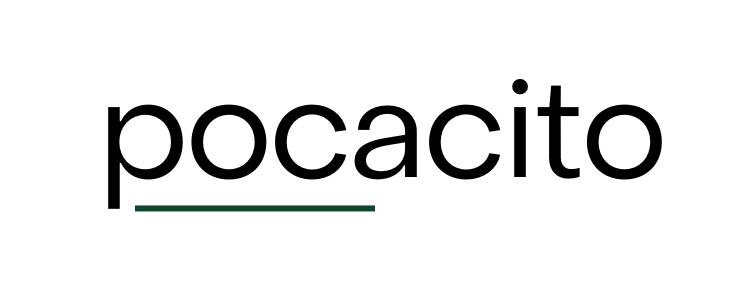Cities in the US and Germany are essential catalysts for the global transformation to a decarbonized future. Thus, POCACITO in Germany brought 15 young professionals from the United States to German cities in June 2016 to engage with their counterparts, establishing transatlantic connections and relationships that will enhance sustainable endeavors on both sides of the Atlantic.
Our American participants came from diverse cities and disciplines but all shared a passion for the sustainable energy transition of their communities.
Hamburg
Our first stop was Hamburg, the 2011 European Green Capital. We explored the cutting-edge urban waterside development project Hafencity that transforms the harbor area into a living example of a thriving sustainable community through progressive urban planning and architectural design.
History collided with the sustainable energy future as we explored a former World War II bunker which has recently been converted into a power plant that runs off of renewable energy. The Energy Bunker not only supplies the Reiherstieg district with heat but also feeds renewable power into the Hamburg distribution grid.
After meetings with Jennifer Wesche from Hamburg Ministry of Environment and Energy, Ursel Lünsmann-Pielke from the Ministry of Urban Environment and Energy, and Chinua Ejeka from the company Addisol Components GmbH, the group visited the International Building Exhibition (IBA) Hamburg, a test site for sustainable buildings of the future with over 70 projects dedicated to environmentally friendly and socially balanced urban development. We were stunned by the Algae House and the IBA Wood Cube. The Algae House is equipped with outdoor side panels which grow algae to be used to heat and electrify the home. The Wood Cube tested the idea of building a house that would produce no greenhouse gases throughout its lifecycle and be bio-recyclable.
Next, the group met with Astrid Dose from The Renewable Energy Hamburg Cluster, Anna Leidreiter from World Future Council, and Christian Maaß from Hamburg Institut at the Energy Hill to learn more about the unique design of the Hamburg energy system. The Energy Hill itself is a former toxic waste dump transformed to a model
of renewable energy generation, providing electricity from wind and solar to 4,000 households.
Bottrop
Traveling south by train, we arrived at our next destination – Bottrop. Meetings with Mayor Bernd Tischler and the Head of the Office of Urban Sustainability, Christina Kleinheins, highlighted the city’s passion for energy innovation to improve the lives of its people. Here, government and business partnerships open up new opportunities for innovation, as seen by touring the Zukunftshaus (FutureHouse) Bottrop. This renovated office building in downtown Bottrop produces more energy than its occupants consume using everything from solar panels and geothermal energy to energy-saving lighting using solar reflectors.
While in Bottrop, we also journeyed through InnovationCity Ruhr, a pilot area to realize sustainable urban renewal in partnership with urban planners, engineers, scientists, and other experts. This initiative has established Bottrop as a sustainable leader in the country. The project director for the Innovation City, Klaus Müller, guided the group through its VivaWest Zukunftshaus, providing a model of sustainable living spaces for the modern age.
Essen
A tour of German energy innovation could not be complete without a stop in Essen, named the 2017 European Green Capital. Home of the world’s longest urban superconductor cable, the AmpaCity superconductor, we could hear about the advanced technologies involved in the conductorand even tour one of its substations in the center of the city.
Essen also houses the Emschergenossenschaft and Lippeverband, the largest water and wastewater management entity in Germany. We visited their wastewater treatment plant Bottrop which uses four sources of renewable energy: sewage heat, solar energy, wind power and sewage gas.
After talks with Deputy Head of the Essen Planning Office, Andreas Müller, Executive Director of the Center for Logistics and Traffic, Klaus Krumme, and Mr. Krumme’s colleagues on the unique and interdisciplinary approaches that the city was taking to create a holistic urban planning strategy, we took a journey into the past.
The Zeche Zollverein, a coal mine first built in 1847 which now stands as a UNESCO World Heritage Site, is a striking depiction of the reinvention of our energy supply. Its once coal-covered buildings and facilities have been transformed into restaurants, art spaces, and bike paths.
The program ended with a bang as we participated in the annual Extraschict Festival or the Night of Industrial Heritage where the whole Ruhr region turns former industrial sites into venues for cultural events.
Please follow us on social media so you don’t miss the application phase for the next study tour in 2017.
@Pocacito
